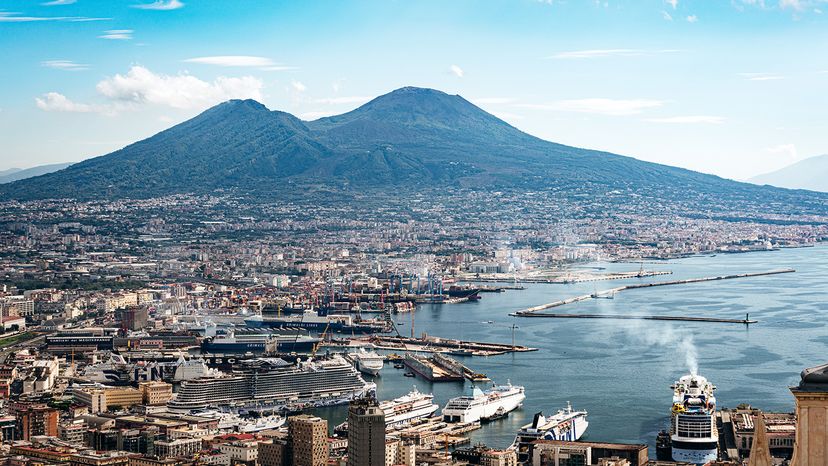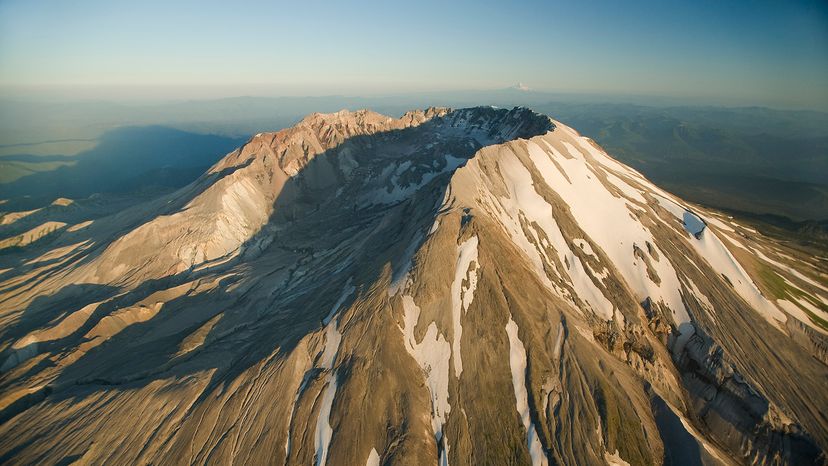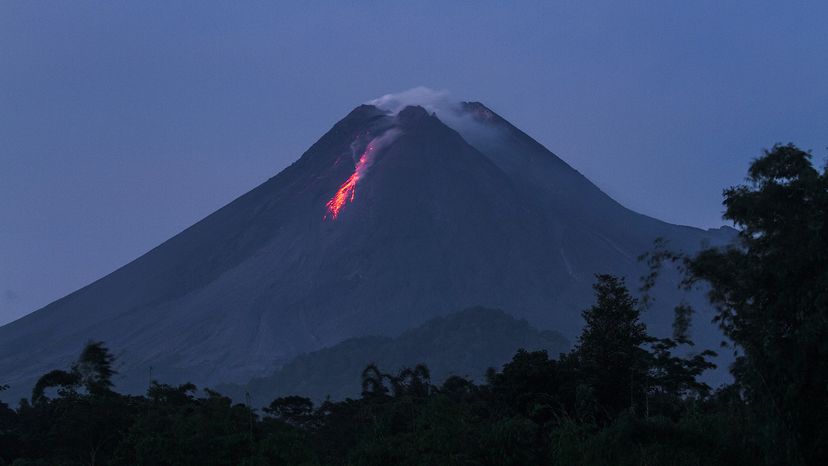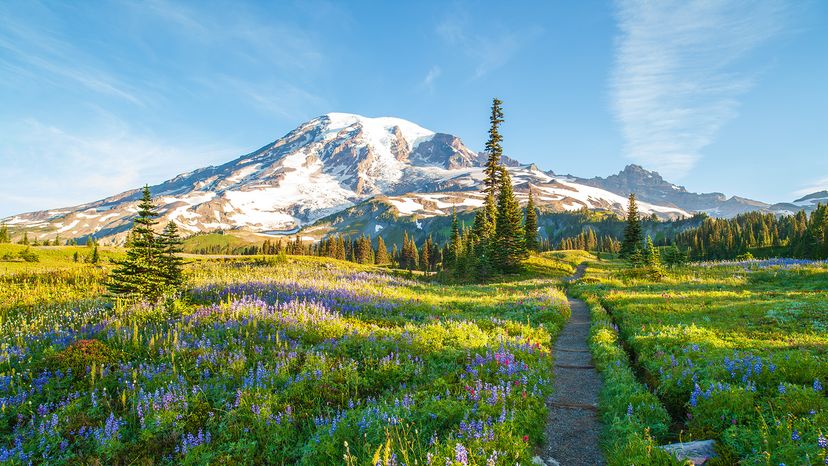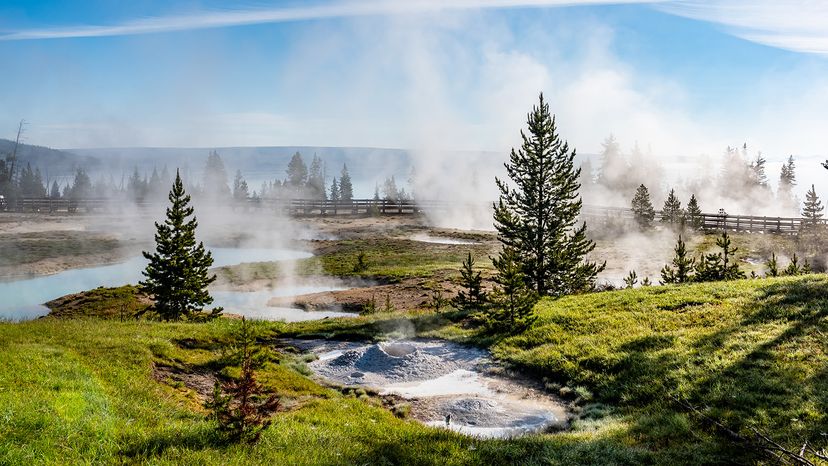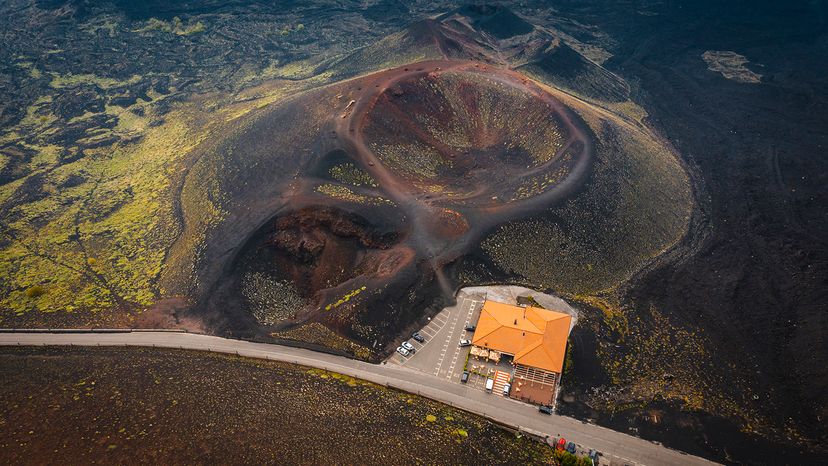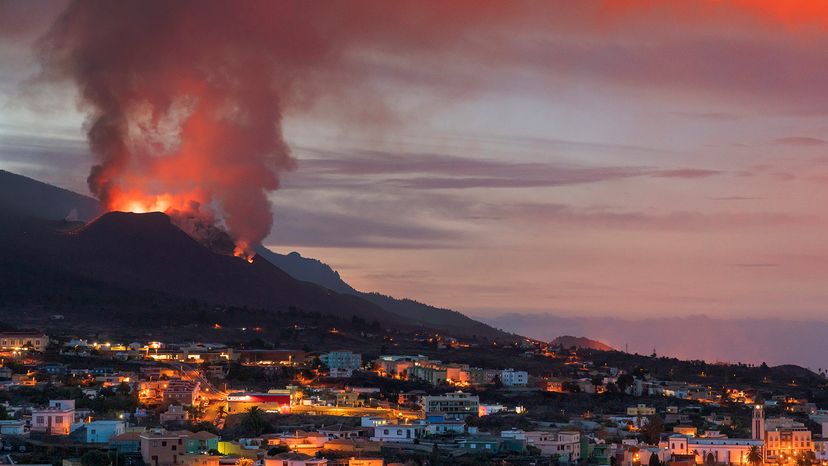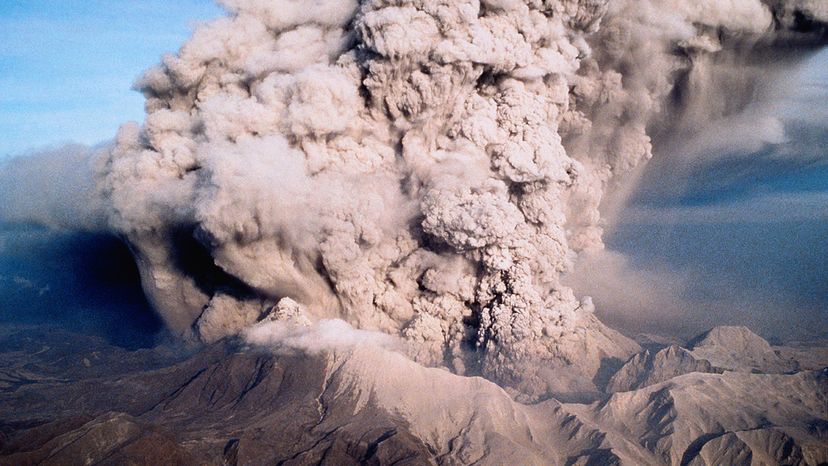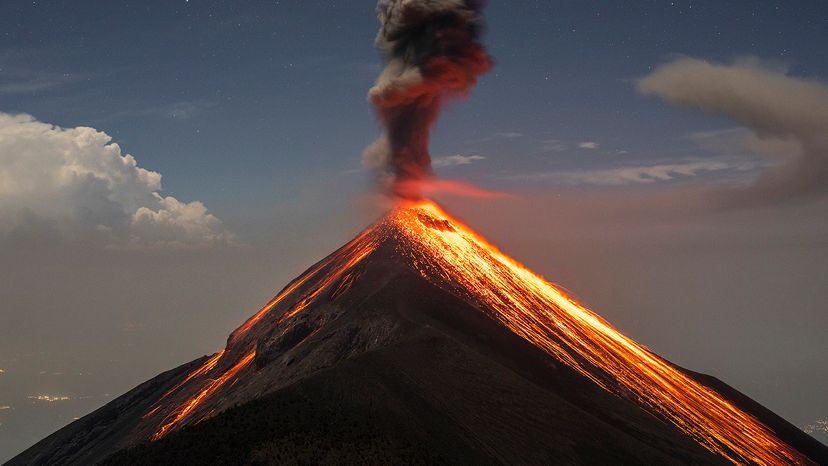
Volcanoes are some of Earth’s most awe-inspiring features — but also among its deadliest. When asking which is the most dangerous volcano in the world, scientists consider not just eruption history but also population density, eruption style and potential global effects.
Now, let's take a look at some of the most dangerous volcanoes on Earth.
Advertisement
